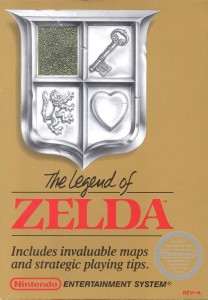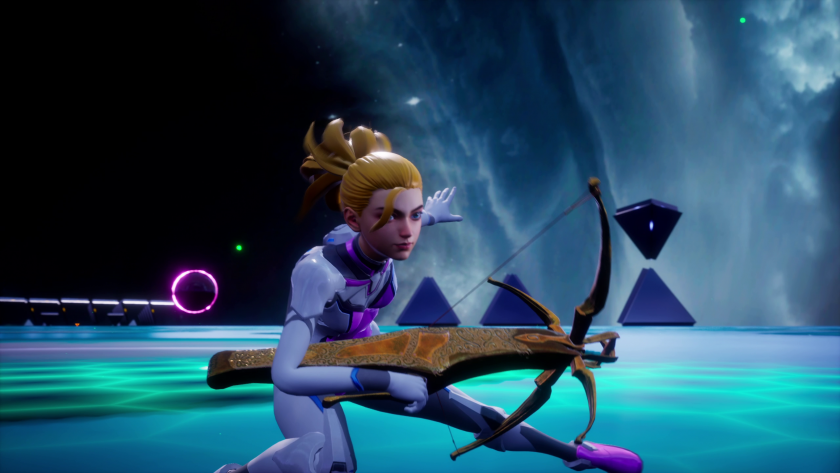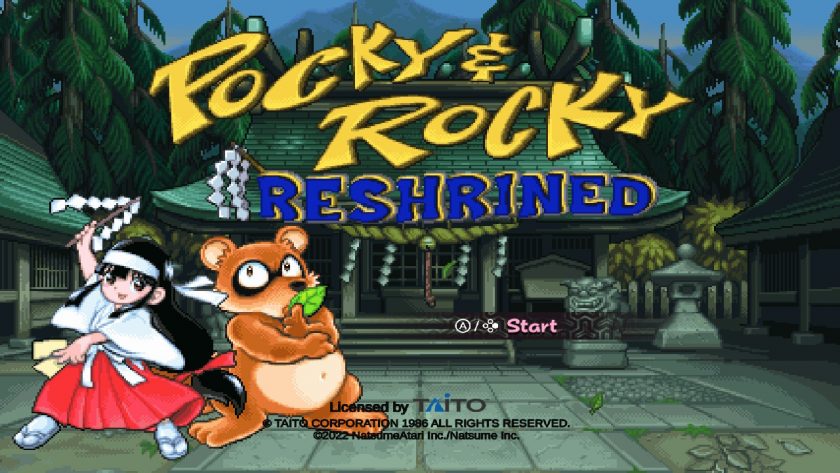The Legend of Zelda
Developed By: Nintendo R&D4
Published by: NintendoPlatforms: Famicom/NES, GameCube (Collectors Disk)Gameboy Advance, Virtual ConsoleReleased (Initially): February 21, 1986 (Japan),August 22, 1987 (North America)November 15, 1987 (PAL)February 19, 1994 (Japan NES)
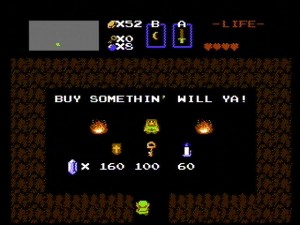 The Legend of Zelda: a game that started a franchise; although a bumpy start for the franchise in general (especially when it comes to this games’ successor)… Nintendo abroad was highly skeptical on releasing this game outside Japan due to its complexity. This game is very important in gaming history because this was the first Nintendo EVER to have an internal battery for saving your progress… Talk about relief… This was NOT standard practice at that time as some future titles that do not/did not have this feature.
The Legend of Zelda: a game that started a franchise; although a bumpy start for the franchise in general (especially when it comes to this games’ successor)… Nintendo abroad was highly skeptical on releasing this game outside Japan due to its complexity. This game is very important in gaming history because this was the first Nintendo EVER to have an internal battery for saving your progress… Talk about relief… This was NOT standard practice at that time as some future titles that do not/did not have this feature.For the record: Since this is a retro site: I AM NOT going into timeline theories and where the game goes into its timeline and I am explaining as it was in 1986… Thanks!
You are Link. A ten year old child destined to save the Kingdom of Hyrule and the Princess Zelda from the evil Ganon.
With nine dungeons to explore, you must find eight pieces of triforce in order to face Ganon on top of Death Mountain. For its 8-bit glory, you had a vast over field to explore; defeating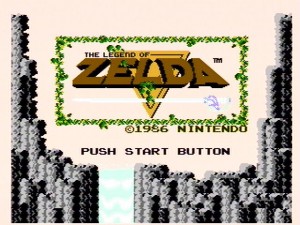 Moblins, Octoroks, Peahats, and other baddies in order to complete your goal. You had to upgrade your weapons in order for you to get through the game easier… Think Mario Bros. but with a Sword, not doing things in a sequence, and enemies are constantly randomized.
Moblins, Octoroks, Peahats, and other baddies in order to complete your goal. You had to upgrade your weapons in order for you to get through the game easier… Think Mario Bros. but with a Sword, not doing things in a sequence, and enemies are constantly randomized.
 Moblins, Octoroks, Peahats, and other baddies in order to complete your goal. You had to upgrade your weapons in order for you to get through the game easier… Think Mario Bros. but with a Sword, not doing things in a sequence, and enemies are constantly randomized.
Moblins, Octoroks, Peahats, and other baddies in order to complete your goal. You had to upgrade your weapons in order for you to get through the game easier… Think Mario Bros. but with a Sword, not doing things in a sequence, and enemies are constantly randomized.For professionals, you can sequence break to get items used in earlier dungeons: but you really need to know what you are doing…
Once you completed the game the first time, you have the optional 2nd quest… This is a harder version of the game and dungeons were harder and not in the same locations as the original. To skip the 1st quest altogether, all you had to do was to type “ZELDA” as your file name 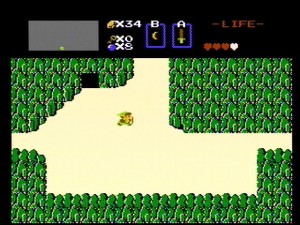 and PRESTO: you are now playing the 2nd quest.
and PRESTO: you are now playing the 2nd quest.
 and PRESTO: you are now playing the 2nd quest.
and PRESTO: you are now playing the 2nd quest.As a 3rd generation game, it was tough as you were only relied on Nintendo Power and word of mouth as your guides to progress the puzzles of the game… Also this game is famous for its vague clues from old menon how to defeat dungeon bosses (DODONGO DISLIKES SMOKE) and for other numerous translations that are apparent to the western audiences.
The weapons you get for the game are a sword which can be twice upgraded, a shield which also can be upgraded, bombs, Bow and arrow (cost one rupee each to shoot an arrow: arrows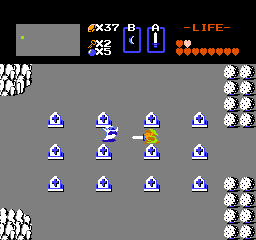 are upgraded to silver ones) blue and red rings to upgrade armor, a recorder flute, a bible, a boomerang, and other weapons that are pointless…
are upgraded to silver ones) blue and red rings to upgrade armor, a recorder flute, a bible, a boomerang, and other weapons that are pointless…
 are upgraded to silver ones) blue and red rings to upgrade armor, a recorder flute, a bible, a boomerang, and other weapons that are pointless…
are upgraded to silver ones) blue and red rings to upgrade armor, a recorder flute, a bible, a boomerang, and other weapons that are pointless…Lastly the credits are different as well: Shigeru Miyamoto was credited as: S. Miyahon.



